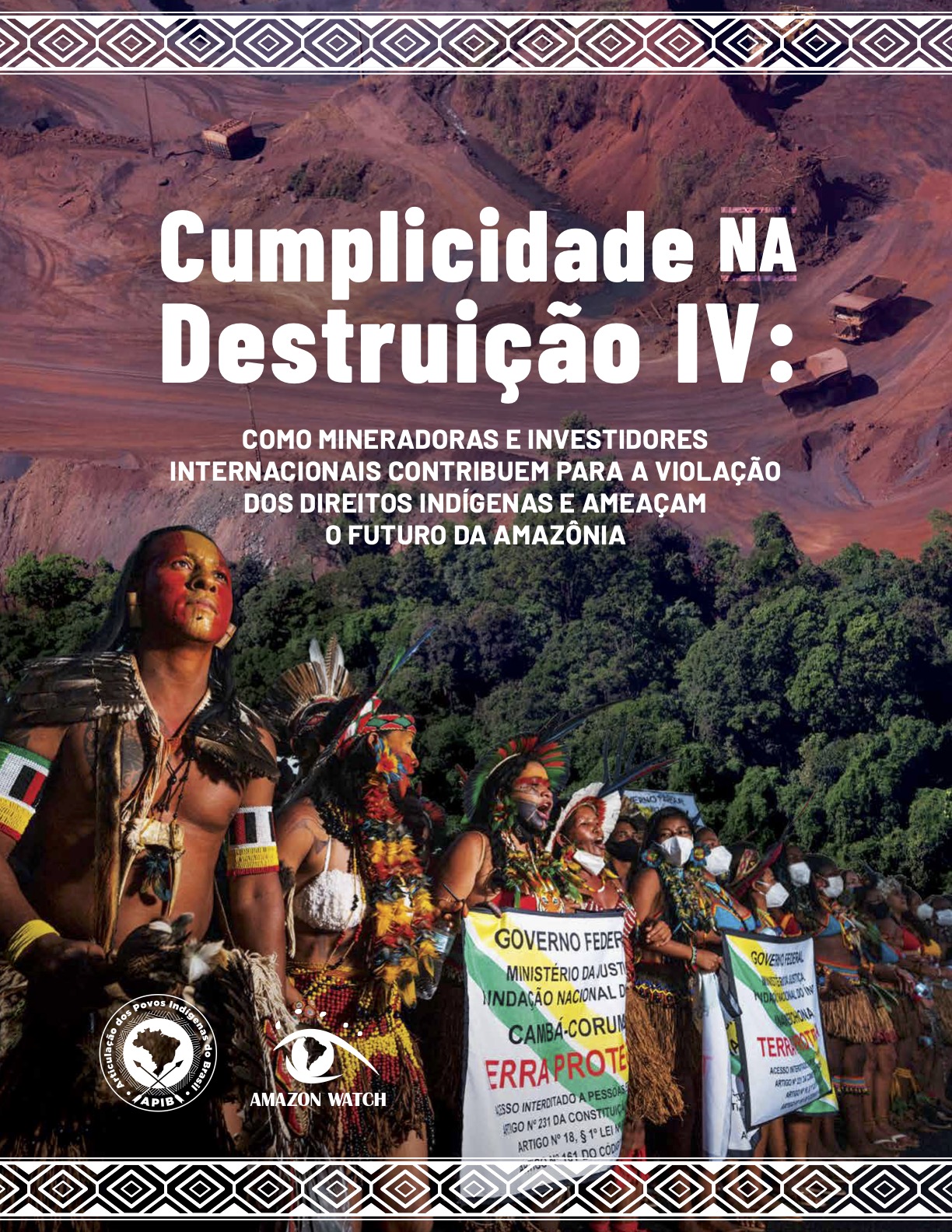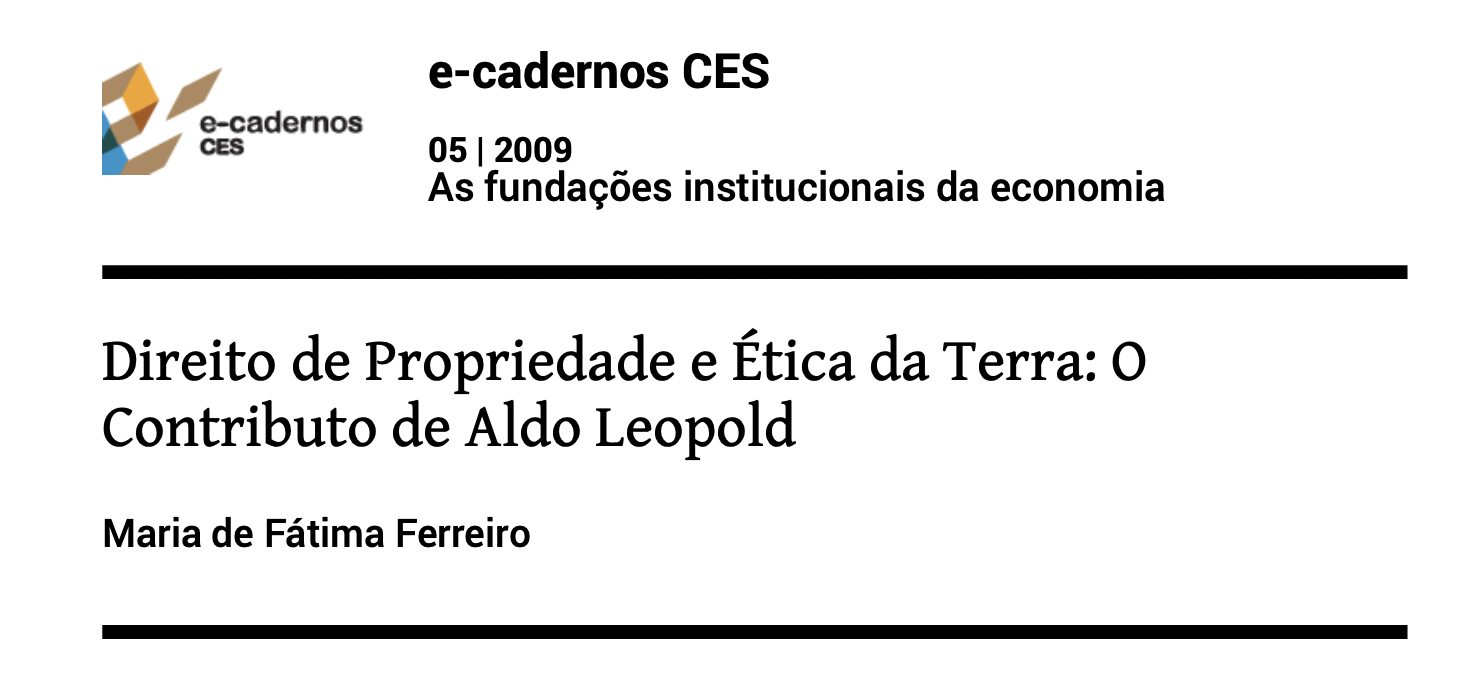Land reform: Land settlement and cooperatives
This paper discusses the role of FAO support to the Government of Mozambiques Land Commission since 1995, through three consecutive projects. While each has had a relatively short duration, all have been planned and implemented within a single conceptual framework with a much longer time horizon. This has allowed a difficult and complex issue to be progressively developed and nurtured within a realistic time scale, while building up a strong sense of national ownership of the process.




